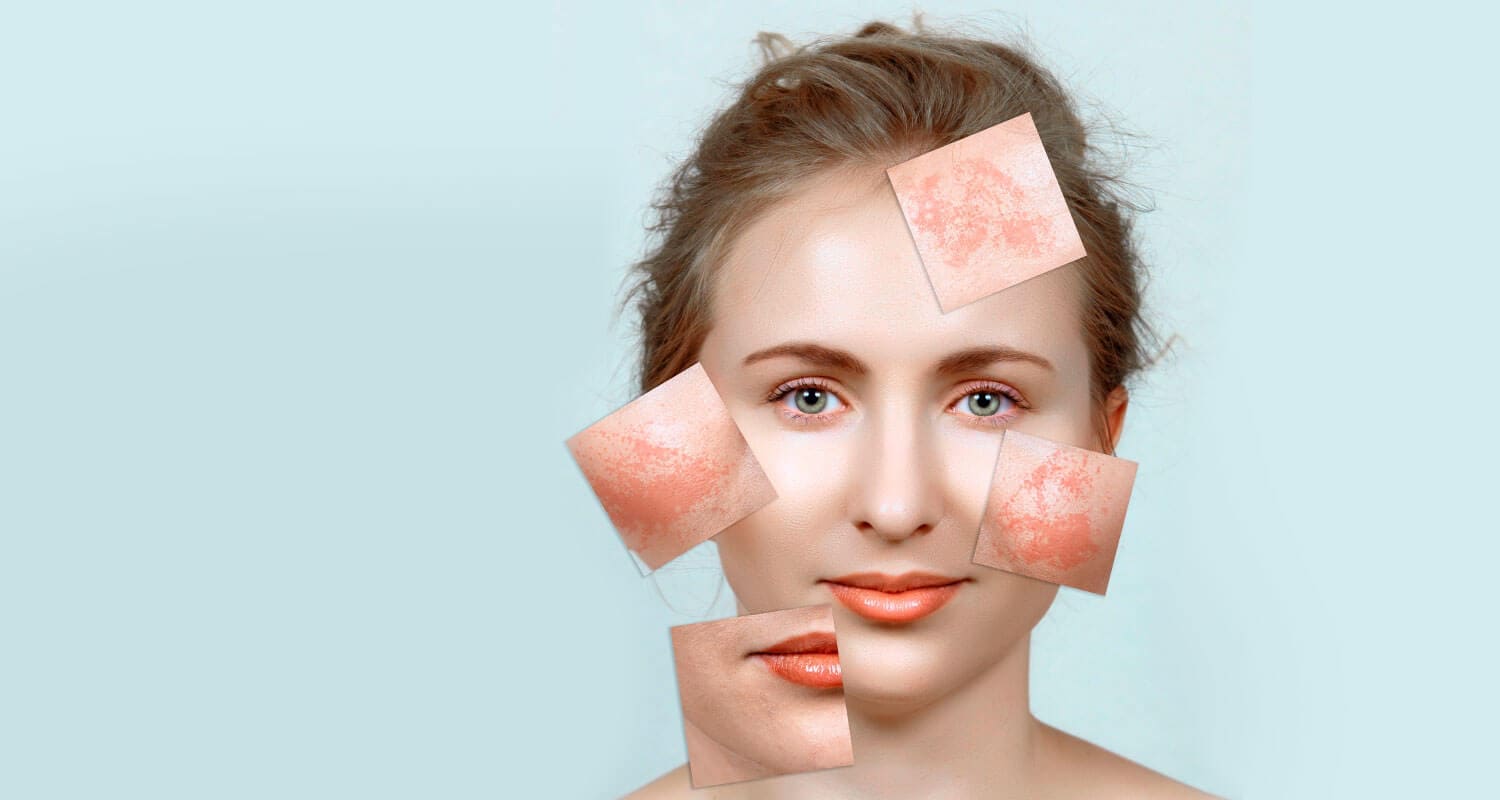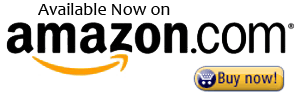
What Is Melasma And Chloasma
What exactly are chloasma and Melasma? Both are acquired pigmentary discoloration disorders of the skin.
Gaining a clear understanding of the differences between melasma and chloasma can profoundly influence your self-esteem. While these terms may seem synonymous, they actually describe two unique skin conditions marked by dark patches that grace sun-exposed areas of the skin, often leading to feelings of self-consciousness.
Melasma typically appears as larger, irregularly shaped brown or gray-brown areas, often linked to hormonal changes, while chloasma tends to manifest as smaller, more defined spots, frequently known as the “mask of pregnancy.” Recognizing these distinctions can empower you to seek appropriate treatment and enhance your confidence in your own skin.
Overview of Chloasma and Melasma
Additionally, recognizing the unique features of melasma and chloasma is crucial for effective treatment and management, empowering you to take control of your skin health.
Both chloasma and melasma primarily affect women, although some men also experience these conditions. Notably, chloasma is more common in older adults with fair skin, while melasma typically affects pregnant women and those with significant UV exposure. Although both conditions result in dark patches, they differ in their causes and characteristics; therefore, understanding these distinctions can enhance your skincare routine.
What is Chloasma?
Chloasma, also known as liver spots, is a benign hyperpigmentation disorder that affects the face and neck. It usually presents as flat, discolored patches that are darker than your natural skin tone, ranging from pale brown to dark brown or grayish. The exact cause of chloasma is not fully understood; however, it is believed to be related to hormonal changes, sun exposure, genetics, and certain medications—such as hormone replacement therapy or birth control—that stimulate melanin production, leading to dark patches.
Consequently, chloasma often appears as small, irregularly shaped brown spots on the forehead, cheeks, and backs of the hands. It is more frequent in older adults and tends to worsen with age and prolonged sun exposure.
What is Melasma?
In contrast, melasma is a chronic condition that leads to dark spots on the face, particularly on the cheeks, forehead, nose, and upper lip. It is primarily triggered by hormonal changes during pregnancy, the use of oral contraceptives, or menopause. Furthermore, genetic factors and UV exposure also contribute to melasma, which can vary in severity, making it challenging to treat. Notably, melasma darkens when exposed to heat, as well as HEV, UVA, or UVB rays. If not properly managed, it may spread to other areas of the face.
While both conditions present with dark patches, understanding their differences is essential:
Age and Sex: Chloasma primarily affects older adults with fair skin, whereas melasma predominantly impacts women, especially during pregnancy or with significant UV exposure.
Causes and Triggers: Chloasma is mainly caused by sun exposure; in contrast, melasma arises from hormonal changes, birth control use, genetic predisposition, stress, and environmental factors.
Key Differences Between Chloasma and Melasma
Location: Chloasma can affect the face and other sun-exposed areas of the body; however, melasma specifically targets the face, particularly the cheeks, forehead, nose, and upper lip.
Treatment: Chloasma is generally easier to treat with topical creams or chemical peels, whereas melasma may require a combined approach of topical serums, creams, and gentle chemical peels. It’s important to note that melasma does not respond well to heat and can worsen under those conditions.
For individuals with darker skin, qualified dermatologists may recommend laser treatments using a Q-Switch 1064 laser. Moreover, both conditions require the use of a physical sunscreen containing zinc oxide; the higher the zinc concentration, the more effective it is. Additionally, taking antioxidant supplements can support your skin’s health and reduce damage.
In conclusion, despite their similarities, chloasma and melasma are distinct conditions with different causes and characteristics. Specifically, chloasma is primarily related to sun exposure, while melasma arises from hormonal changes, affecting both women and men.
Therefore, consulting a healthcare professional for an accurate diagnosis and a personalized treatment plan is vital. This step can provide the reassurance and confidence you need on your journey toward healthier, more radiant skin. Finally, embrace your skincare journey and take pride in every step you take toward understanding and nurturing your unique beauty.

Chloasma Care Cream brings together the power of Neem, Turmeric, Aloe Vera, Vetiver Oil, Tea Tree Oil, and Lemon Oil. It effectively reduces blemishes, dark spots, scars, and scar tissue, offering gentle care for Chloasma (melasma) and discoloration. This cream enhances your skin tone while protecting against early aging, guiding you to reveal your natural beauty.

Melasma and Chloasma Skincare Routine

